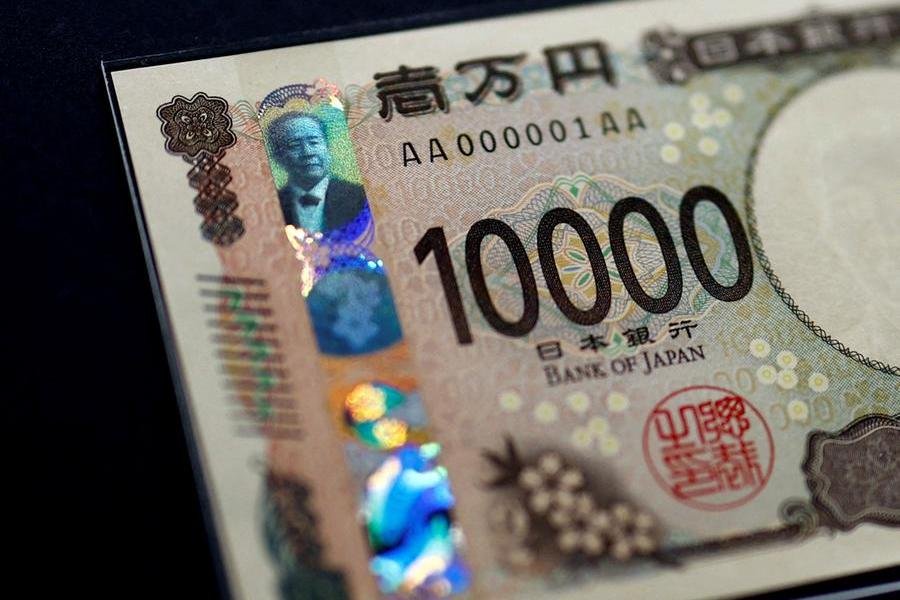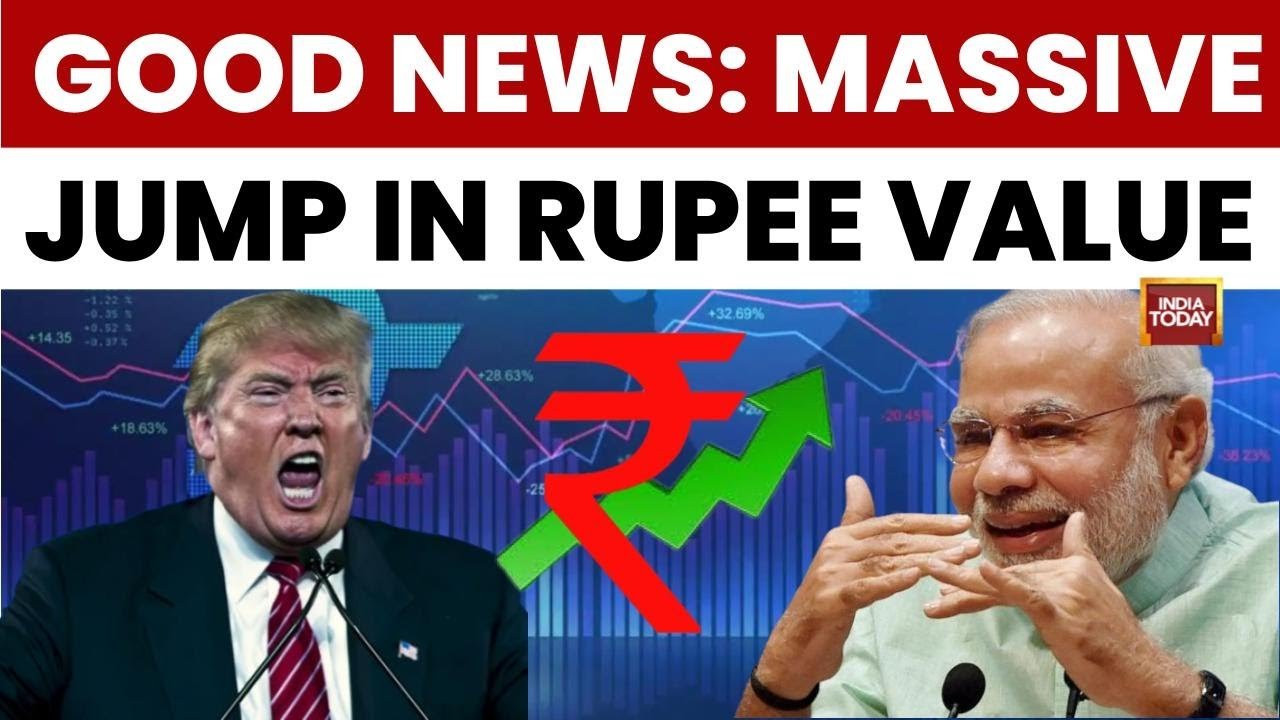The yen eased to a one-week low after hardline conservative Sanae Takaichi was elected as Japan’s prime minister, with traders betting her government could muddy the interest rate outlook and bring about a greater fiscal largesse. Takaichi, first female PM and leader of Japan’s ruling Liberal Democratic Party, won the lower house vote to choose the next prime minister on Tuesday.
The move was widely expected by investors after she was backed by the right-wing opposition party Ishin.
The Japanese currency was last down 0.8% at 152.01 per dollar, touching its lowest level against the dollar since October 14, in its biggest single-day fall in two weeks. The yen also struggled against the euro and sterling.
Earlier on Tuesday, local media reported that Takaichi had finalised a plan to appoint Satsuki Katayama, a former regional revitalisation minister, as finance minister. During an interview with Reuters in March, Katayama signalled her preference for a stronger yen. Her appointment could give markets cause to rethink the idea of pushing the yen too low.
“We continue to assume that inflation and the purchasing power of private households will remain important issues for the new government in order to improve public approval,” said Volkmar Baur, FX & Commodity Analyst at Commerzbank.
“Therefore, the new government is unlikely to support a depreciation of the Japanese yen,” he added.
Still, Takaichi’s support for fiscal stimulus and looser monetary policy kept investors on edge and complicates the Bank of Japan’s path for rate increases.
“From a political perspective … there may be considerations to delay monetary tightening until fiscal easing gains traction. The BOJ is thus caught between a rock and a hard place,” said HSBC chief Asia economist Fred Neumann.
DOLLAR FIRMS
In the broader market, currencies were mostly rangebound despite an overall upbeat market mood after U.S. President Donald Trump said on Monday he expects to reach a trade deal with Chinese President Xi Jinping.
And, White House economic adviser Kevin Hassett said that the 20-day U.S. federal government shutdown was likely to end this week. Jitters over credit risks among U.S. banks also dissipated slightly.
The dollar index, measuring the currency against six peers drew support from a weaker yen and rose to a six-day high. It was last up 0.34% to 98.95.
European Central Bank’s chief economist Philip Lane said on Tuesday that euro zone banks may come under pressure if U.S. dollar funding – the lifeblood of financial markets – were to dry up, amid concern over Trump’s policies.
Dollar funding fears have been at the back of central bankers’ minds since Trump announced a wave of trade tariffs and began putting pressure on the Federal Reserve earlier this year.
The euro fell 0.27% against a strengthening dollar to $1.1607, little helped by easing political uncertainty in France.
Sterling was little changed against the euro despite data on Tuesday showing Britain’s borrowing in the first half of the financial year was the highest since the pandemic, as investors said a tough budget next month is already priced in.
(Reporting by Joice Alves in London and Rae Wee in Singapore; Editing by Kim Coghill and Chizu Nomiyama )






